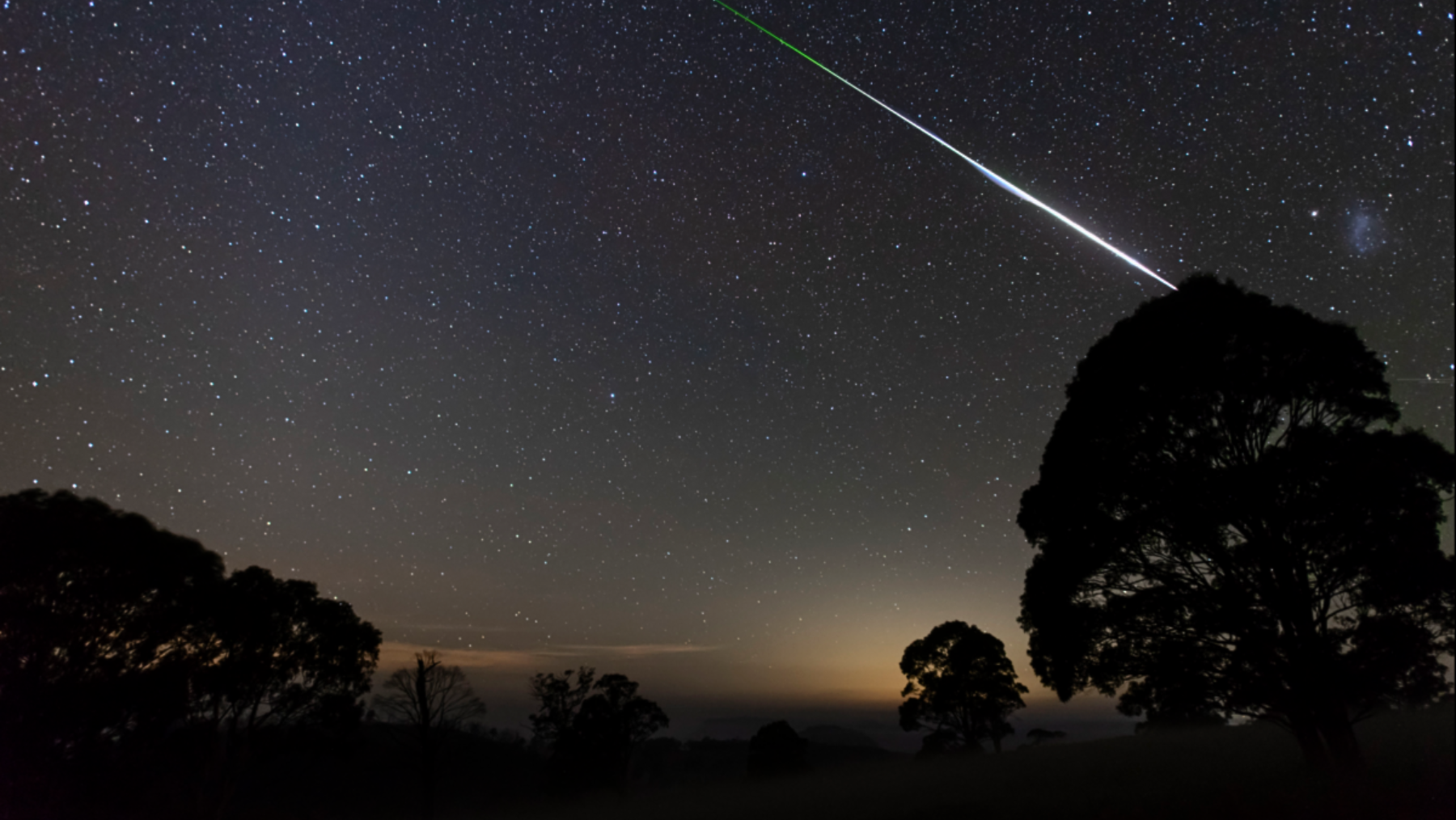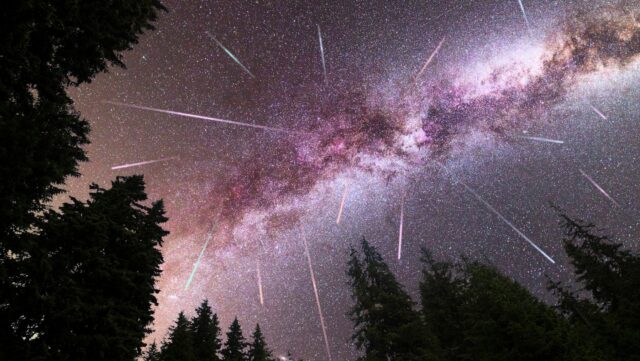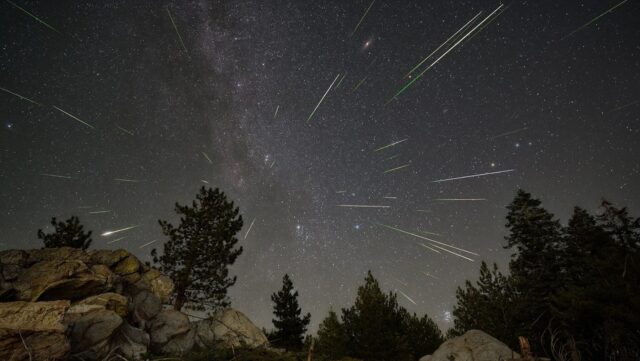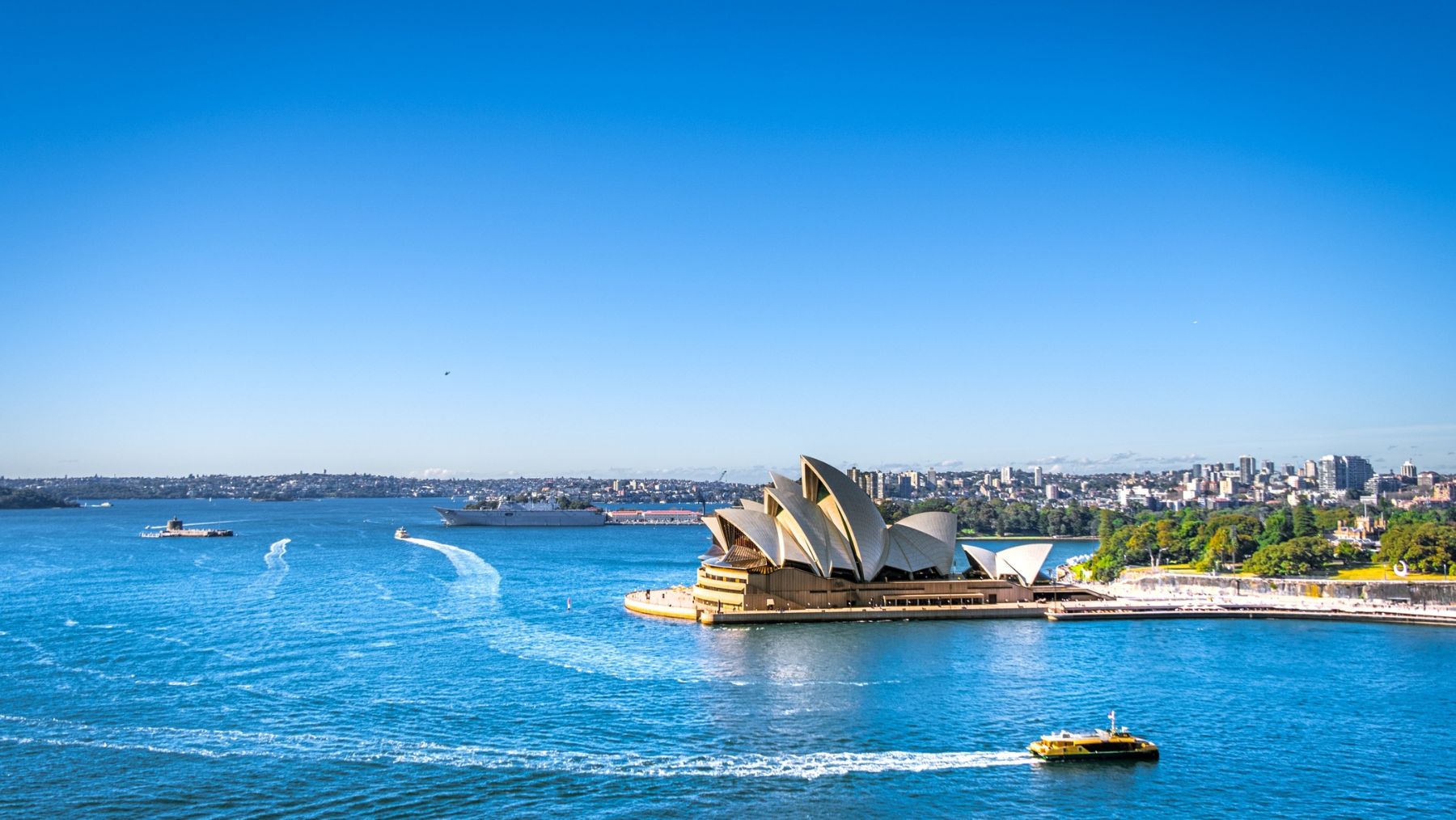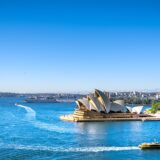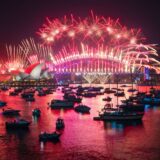Peaking between Monday, July 28 and Wednesday, July 30, the Delta Aquariids and Alpha Capricornids meteor shower will light up Sydney skies.
Stargazers, set your alarms. Next week is bringing a spectacular double dose of meteor magic to the skies above Sydney, and it’s well worth braving the winter chill. After a year that’s already delivered auroras and dazzling full moons, the heavens are putting on another show: two meteor showers peaking just days apart.
From Monday, July 28 to Wednesday, July 30, the Delta Aquariids and Alpha Capricornids meteor showers will light up the night. While these showers overlap every year, it’s rare to catch both peaking so close together, making this an unmissable moment for anyone with a love of the stars.
What are the Delta Aquariids and the Alpha Capricornids?
These two meteor showers light up Aussie skies every winter, but they’re quite different in nature.
The Delta Aquariids, peaking around Monday, July 28, are known for their steady stream of faint, fast-moving meteors, producing up to 20 shooting stars per hour. They originate from Comet 96P/Machholz and are best viewed from the Southern Hemisphere, making Sydney a prime viewing spot.
The Alpha Capricornids, meanwhile, are slower and more rare (only two to five per hour) but often produce bright, slow fireballs. They come from the debris of Comet 169P/NEAT, and are especially visible even in light-polluted skies. They’ll peak around Wednesday, July 30.
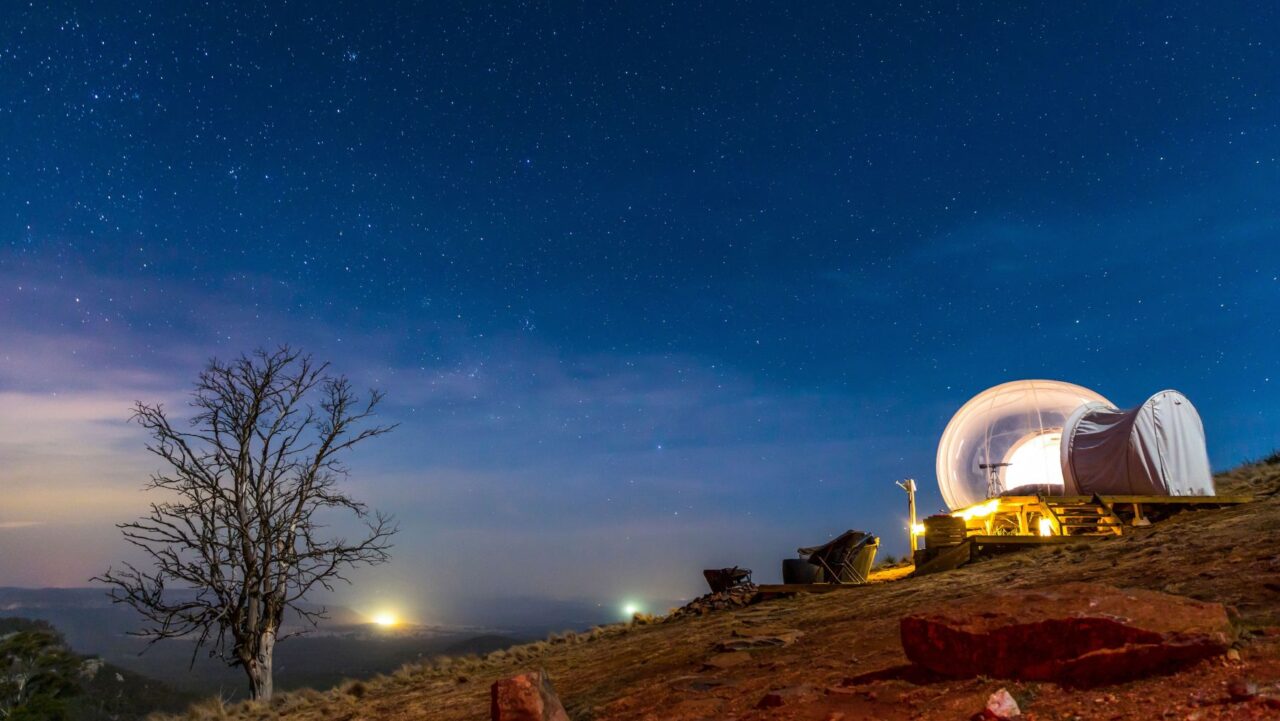
When and where to watch
You’ll have to set your alarms to be in with the best chance of spotting a fireball. The best time to watch is between midnight and 4am (AEST), when the showers are most active and the moonlight won’t interfere. The Delta Aquariids are expected to peak on Monday, July 28, followed by the Alpha Capricornids on Wednesday, July 30.
Both showers will be visible across NSW, with the best views in areas far from urban light pollution. In Sydney, try heading to a dark sky area like the Royal National Park, Kuring-Gai Chase, or North Head. Further afield, the Blue Mountains, Southern Highlands, and Wollemi National Park offer excellent stargazing conditions.
Want to turn this cosmic event into a mini getaway? Camp overnight at Cockatoo Island, Cattai Campground near the Hawkesbury River, or book a stay in a luxury bubble tent in the Capertee Valley, just 2.5 hours from Sydney, for a front-row view of the sky. Prefer to stay closer to home? Eastern suburb beaches, Sydney Observatory in Millers Point or Ku-ring-gai Chase National Park are all top-tier options for skygazing.
Tips for a successful stargazing night
- Get away from city lights: Head to a national park or open area with minimal light pollution.
- Use a sky map or stargazing app: Apps like Stellarium can help you locate the constellations Aquarius and Capricornus, where the meteors will appear to originate.
- Let your eyes adjust: It takes 20–30 minutes for your eyes to fully adapt to the dark.
- Dress for winter: Pack blankets, warm layers and maybe even a thermos. Whatever you do, prepare to be outside for a while.
- Be patient: Meteor showers are best experienced lying down, looking up and soaking it all in.
That’s not all – another meteor shower will pass Earth in a few weeks. Read more here: Up to 100 meteors per hour: Perseids meteor shower to light up Sydney skies

